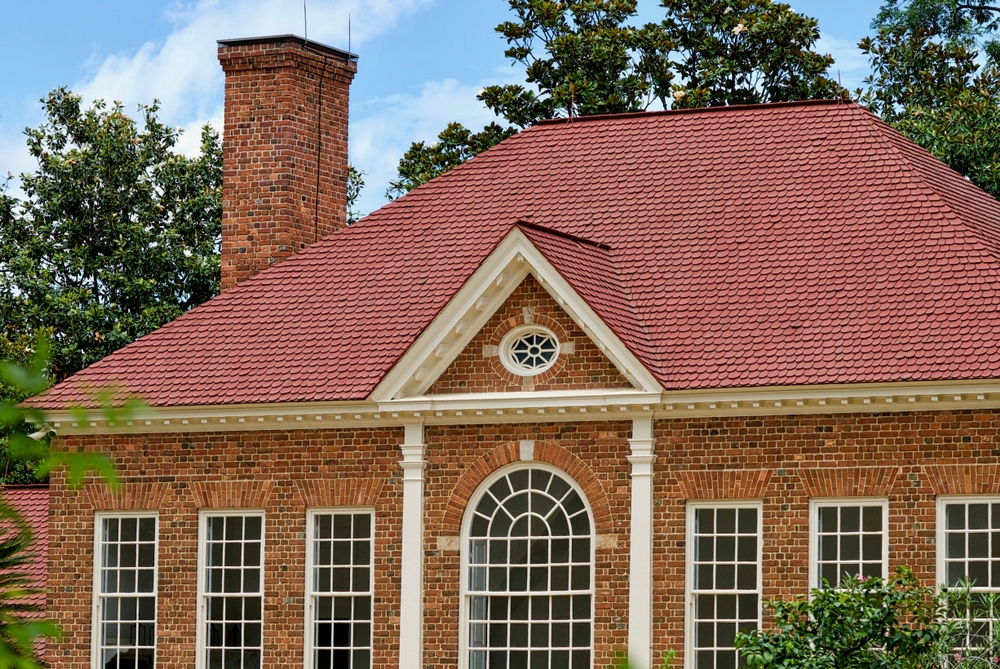Founding Fathers & Indoor Agriculture

Indoor agriculture and horticulture in the 1700s
Happy Independence Day! Let's go back to the start of the nation to explore the greenhouse scene in the 1700s. Did you know that our founding fathers were big agriculturalists, and enjoyed studying the science of growing? Many notable historic figures were invested in furthering the nation’s understanding of crop production and the best ways to grow food. Here are a few founding fathers and their contributions to the agricultural industry.
George Washington
Washington wasn’t only the first president; he was also an avid grower and crop scientist. In fact, one of the biggest buildings on his Mount Vernon estate in Virginia is a greenhouse. In 1787, he grew lemons, oranges, and palm trees year-round.
Thomas Jefferson
Jefferson also enjoyed an impressive greenhouse at his estate, Monticello, in Virginia. He was inspired by Washington’s indoor growing operation, and spent years planning and building his own. Jefferson took pleasure in growing geraniums, acacia, and oranges right off the side of his home.
Jefferson was very invested in the care of his plants. He collected seeds, studied the best conditions for his favorite plants to grow, and extensively recorded his discoveries.
Benjamin Franklin
Franklin once said that “the great business of our commonwealth is agriculture,” and he devoted much of his time to that business. He studied horticulture, soil fertility, and the climate's effect on crops so that he could develop the best growing methods for the nation.
Bonus: White House, Green House?
Did you know that The White House had a greenhouse? In 1857, James Buchanan added a greenhouse to the building, but it has since been removed.



